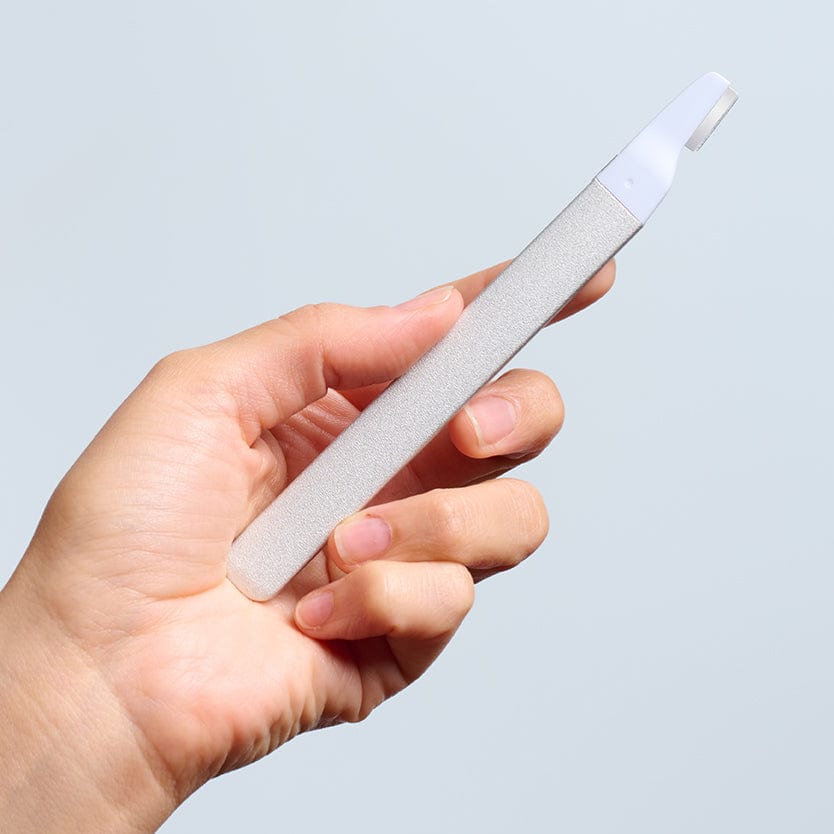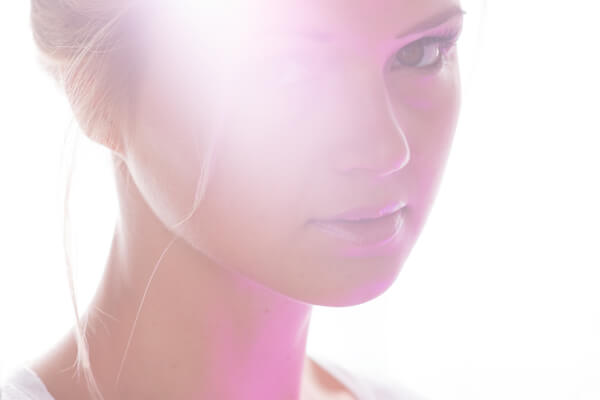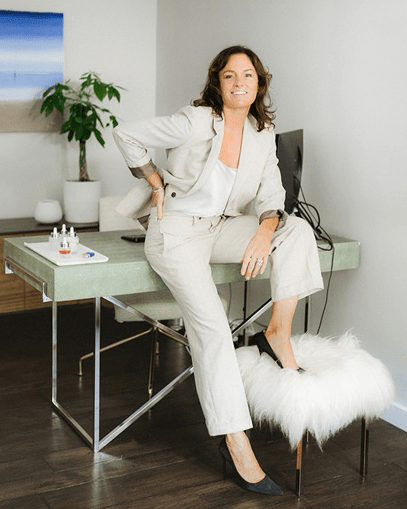While for most of us, the odd zit here or there might not seem like such a big deal, for those who suffer or have suffered with moderate to severe acne, the damage is much more than just skin deep. The effects of deep cystic acne can affect your confidence, self-esteem and self-image to a degree far beyond what most people might even imagine. Even after the acne has subsided, many people remain scarred both physically and emotionally.
As an aesthetician who has suffered with chronic eczema my entire life, I understand the emotional stress of problem skin. I became an aesthetician because of my skin issues, and am passionate about helping others who have suffered like I do.
I’ve put together a guide to help give you a better understanding of the different types of acne and how you can best care for your skin. But, before we get into the specifics, let’s take a look at a few statistics about acne. Did you know that:
- 85% of teens suffer from acne
- 44% of women suffer from cyclical breakouts
- 20% of all adults suffer from acne
Based on those statistics, almost everyone has had an experience with acne at some point in their lives. And many adults, especially women, continue to well beyond their teens.
What is Acne?
Acne is an infection or inflammation of the sebaceous, or oil producing, glands in the skin which are marked by the eruption of pustules, papules, comedones or cysts. We all have glands in our skin that produce oil and they can become inflamed for a number of reasons to produce acne.
Hormonal fluctuations are the key contributing factor in all age groups. Hormonal changes stimulate an increase in sebum production, which typically affects the lower half of the face; particularly the chin and jawline. There are 5 types of hormonal induced acne:
- Menstrual: Monthly hormone fluctuations can cause an increase in sebum production.
- Stress Induced: Those who suffer from acne have been found to have higher levels of cortisol which can exacerbate and contribute to the severity of acne.
- Pregnancy: Estrogen and progesterone levels increase throughout 1st and 2nd trimesters causing pores to constrict and sebum production to increase. Shop our pregnancy safe home care solution here.
- Lactation: A drop in estrogen and progesterone can cause increased sebum production.
- Menopause: Estrogen and progesterone production slows and testosterone becomes more dominant causing an increase in sebum production. Additionally, the skin loses hydration from a loss of water, not oil, and the combination of increase sebum and dryness causes the breakouts.
Some other the factors that make certain people more susceptible to acne include:
- Poor Diet
- Weather changes
- Improper skincare regimen or lack thereof
- Certain OTC or prescription drugs
While these are just some of the factors that play into the possible factors that can trigger acne, let’s take a look at what actually causes acne.
What Causes Acne?
Each of us have millions of microscopic sebaceous glands all over our bodies except for our palms and the soles of our feet. Sebaceous glands occur most commonly on the face, scalp, back and chest and are often found in other places with hair follicles as well.
Your sebaceous glands produce the oil known as sebum, which protects your skin and lubricates the hair follicles. Sometimes, those glands become clogged due to overproduction of oil and blockage by dead skin cells. It’s the mixture of oil, dead skin cells and bacteria that causes the inflammation known as acne, which is why it is so important to refrain from touching, picking and squeezing areas with acne.
While there are many different types of acne that can vary in severity from person to person, most acne falls into at least one of three categories:
Non-inflammatory Acne
Non-inflammatory acne includes blackheads and whiteheads and they are essentially the same thing. The shaft of the hair follicle gets clogged with dirt, oil, dead skin cells and bacteria, which prevent the excess oil from exiting onto the skin.
When the oil is trapped under the top layer of skin, it is called milia, or whitehead. Whiteheads look like tiny bumps and sometimes have a white center.
With blackheads, the pore is open, exposing the oil to the oxygen, which then turns it black. In both cases, this type of acne is not infected or inflamed so, it likely won’t look red or swollen.
AM Skincare Routine: Cleanse, EGF Serum, HA Serum, Microbiome Moisturizer and finish with SPF
PM Skincare Routine: Double Cleanse, Dermaplaning Tool (1x a week), TCA Peel (3x a week), EGF Serum, Retinol, HA Serum, and finish with the Shiunko Blush Face Oil.
Inflammatory Acne
The common zit is a form of inflammatory acne, which can occur anywhere on the body but, most commonly on the face, back, neck and chest. What makes this different from non-inflammatory acne is that it is marked by a hard, red bump that may or may not have a white center. There are 3 different types of inflammatory acne lesions, papules, pustules and nodules. Papules are small elevated bumps with no fluid, pustules contain pus and nodules are bumps below the surface.
Inflammatory acne occurs when the walls of the hair follicle collapse and oil gets trapped beneath the surface of the skin. Once this happens, white blood cells rush to the site making it red and swollen and also produce pus to help fight infection.
The lifecycle of inflammatory acne can last anywhere from a couple of days to about a week. However, some people may see the affects long after the lesions are gone, leaving behind hyperpigmentation.
Inflamed acne can sometimes be painful and can also be hard to cover up, so there will definitely be a temptation to squeeze them out. Extracting this type of acne will not only lead to more inflammation and redness but, can also lead to more acne, infections and scarring. With this type of acne it is best to seek professional treatments by an aesthetician that has the tools and products to reduce the inflammation and treat the underlying symptoms.
For mild to moderate inflammatory acne its important to adhere to a daily skincare regimen that is best suited for your skin type and includes a topical treatment containing either salicylic acid, retinols and water based moisturizers. Regular professional treatments are highly recommended to clear up the acne and keep your skin healthy.
AM Skincare Routine: Cleanse, EGF Serum, HA Serum, Microbiome Moisturizer and finish with SPF
PM Skincare Routine: Double Cleanse, High Frequency Device, TCA Peel (3x a week), EGF Serum, Retinol, HA Serum, and finish with the Shiunko Blush Face Oil.
Cystic Acne
Cystic acne is the most severe and painful form of inflammatory acne. Although, it is not as common as milder forms such as blackheads and pustules, for the millions of people who suffer from cystic acne the damage is both physical and emotional.
The main difference between cystic acne and the common pimple is that cystic acne forms well below the surface of the skin and produces what is called a “nodule”. Nodules are the bumpy, hard, tender cysts that are the hallmark of this type of acne.
Like milder forms of inflammatory acne, cystic acne consists of oils, fluids and white blood cells. However, because they occur so deep below the surface of the skin, the likelihood of damage and scarring, even if left alone is much higher. The reason for this is that the pressure from such deep inflammation causes the entire follicle to collapse, trapping the base of hair follicle under the skin and causing infection.



